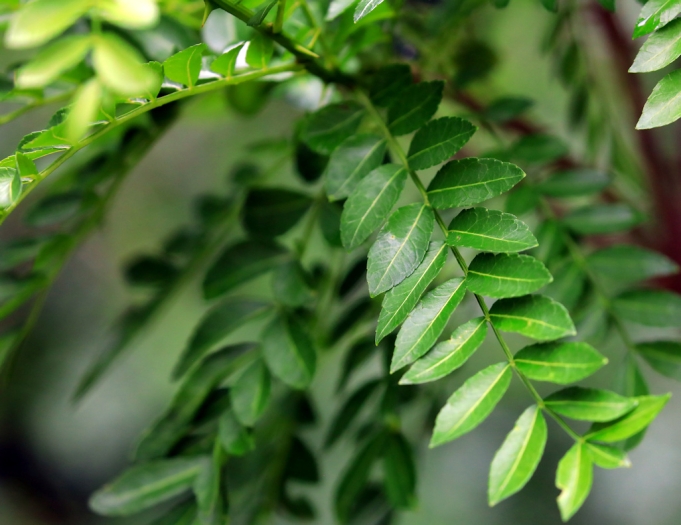Small Knobwood
(Zanthoxylum capense)
Small Knobwood (Zanthoxylum capense)
/
/

© Wynand Uys
CC BY 4.0
Image By:
© Wynand Uys
Recorded By:
Copyright:
CC BY 4.0
Copyright Notice:
Photo by: © Wynand Uys | License Type: CC BY 4.0 | License URL: http://creativecommons.org/licenses/by/4.0/ | Uploader: wynand_uys | Publisher: iNaturalist |
























Estimated Native Range
Summary
Zanthoxylum capense, commonly known as Small Knobwood, is a deciduous shrub or small tree native to a variety of habitats in eastern southern Africa, including dry thickets, rocky slopes, and open woodlands from Knysna to Zimbabwe and Mozambique. It typically reaches a height of 2-5 meters and has a spreading habit. The plant is characterized by its pinnate leaves that emit a citrus scent when crushed and its corky bark with conspicuous knob-like lenticels. Small Knobwood produces inconspicuous greenish-yellow flowers followed by round capsules containing a single black seed. The fruit is aromatic and can be used as a pepper substitute.
Small Knobwood is valued for its ornamental features, including its textured bark and fragrant leaves. It is used in traditional medicine and as a food spice. In cultivation, it prefers full sun to part shade, well-drained soils, and is drought-tolerant once established. It is suitable for xeriscaping, rock gardens, and as a specimen plant in residential gardens. Gardeners should be aware that it may require protection from frost in colder climates.CC BY-SA 4.0
Small Knobwood is valued for its ornamental features, including its textured bark and fragrant leaves. It is used in traditional medicine and as a food spice. In cultivation, it prefers full sun to part shade, well-drained soils, and is drought-tolerant once established. It is suitable for xeriscaping, rock gardens, and as a specimen plant in residential gardens. Gardeners should be aware that it may require protection from frost in colder climates.CC BY-SA 4.0
Plant Description
- Plant Type: Tree, Shrub
- Height: 16-49 feet
- Width: 3.25-9.75 feet
- Growth Rate: Moderate
- Flower Color: Green, Yellow
- Flowering Season: Spring
- Leaf Retention: Deciduous
Growth Requirements
- Sun: Full Sun, Part Shade
- Water: Medium
- Drainage: Medium, Fast
Common Uses
Bird Garden, Butterfly Garden, Fragrant, Low Maintenance
Natural Habitat
Native to a variety of habitats including dry thickets, rocky slopes, and open woodlands
Other Names
Common Names: Umkhonsa, Kleinknopthout
Scientific Names: , Zanthoxylum capense, Amyris armata, Amyris capensis, Fagara armata, Fagara capensis, Fagara magaliesmontana, Fagara magalismontana, Fagara megalismontana, Fagara multifoliata
GBIF Accepted Name: